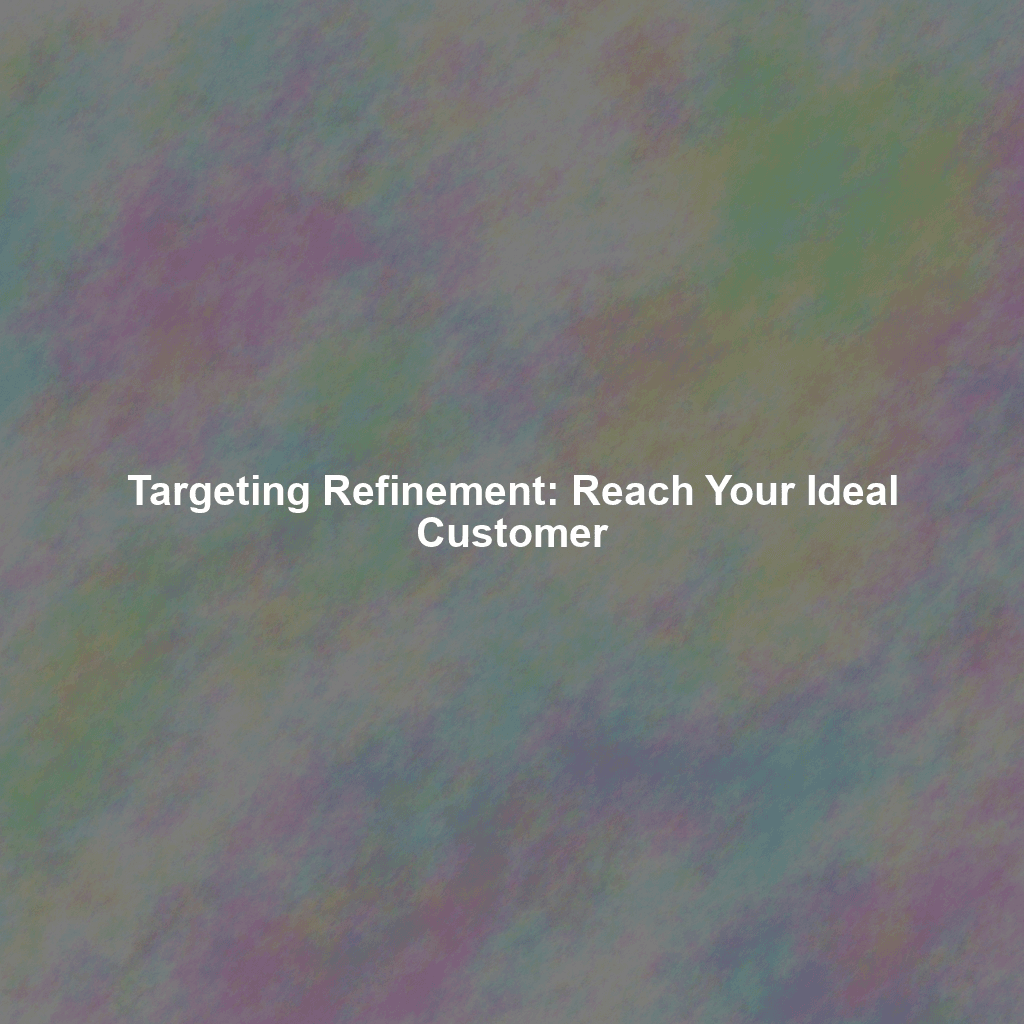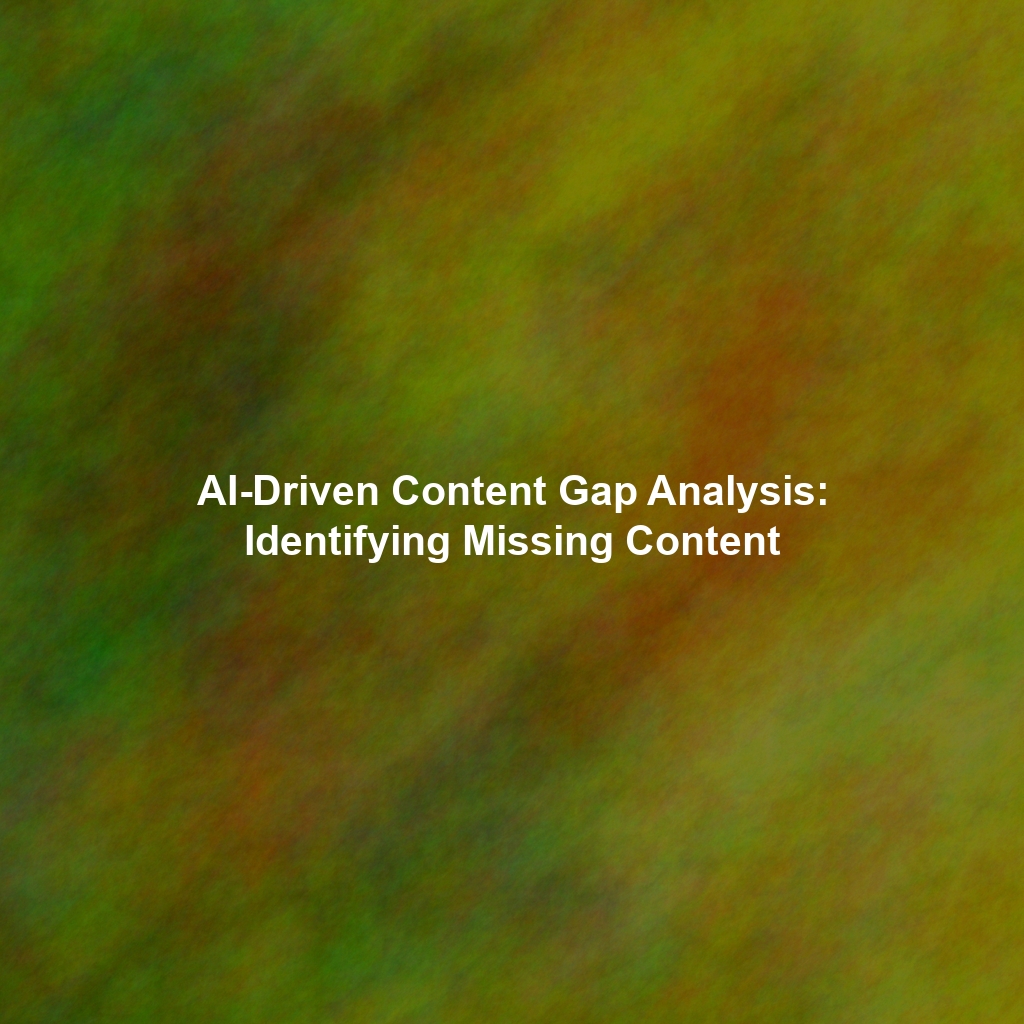The key to success lies in precision: identifying and reaching your ideal customer with laser-like accuracy. This article explores advanced audience targeting techniques across various platforms, focusing on leveraging first-party data, creating lookalike audiences, and utilizing demographic and interest-based targeting to narrow your focus and dramatically improve ad relevance and ROI.
The Importance of Precise Audience Targeting
Before diving into specific techniques, it’s crucial to understand why precise audience targeting is so vital. Think of it like this: you wouldn’t try to sell snow shovels in the Sahara Desert. Similarly, showing your ads to people who have no interest in your product or service is a waste of resources. Effective audience targeting ensures that your ads are seen by individuals who are most likely to convert, leading to:
- Higher Conversion Rates: By targeting only relevant users, you increase the likelihood of them clicking on your ad and completing a desired action (e.g., making a purchase, signing up for a newsletter).
- Lower Cost Per Acquisition (CPA): Reaching the right people means fewer wasted impressions and clicks, resulting in a lower cost to acquire each customer.
- Improved Ad Relevance Scores: Platforms like Google Ads and Facebook Ads reward advertisers who deliver relevant ads to their target audience. Higher relevance scores often translate into lower costs and better ad placement.
- Increased Brand Awareness Among the Right People: You’re not just getting eyeballs; you’re getting the attention of potential customers who are most likely to remember and engage with your brand.
Leveraging First-Party Data: The Goldmine You Already Own
First-party data is information you collect directly from your customers and website visitors. This data is invaluable because it’s accurate, relevant, and permission-based. Here’s how to leverage it:
Customer Relationship Management (CRM) Integration
Integrating your CRM system with your advertising platforms allows you to upload customer lists (email addresses, phone numbers) and target them directly. This is especially effective for:
- Retargeting Existing Customers: Encourage repeat purchases and build customer loyalty.
- Cross-selling and Upselling: Promote related products or services to customers who have already made a purchase.
- Suppressing Existing Customers: Avoid showing ads to customers who have already converted (e.g., purchased a product) if your goal is solely acquisition.
Website Activity and Analytics
Tracking website activity with tools like Google Analytics and platform-specific pixels provides insights into user behavior. You can create audiences based on:
- Page Visits: Target users who have visited specific pages on your website (e.g., product pages, pricing pages).
- Time Spent on Site: Identify engaged users who spend a significant amount of time browsing your content.
- Actions Taken on Site: Target users who have added items to their cart but haven’t completed the purchase, or users who have downloaded a lead magnet.
Email Marketing Data
Your email marketing campaigns provide a wealth of information about your audience. Segment your email lists based on:
- Engagement Levels: Target highly engaged subscribers with exclusive offers.
- Purchase History: Promote relevant products or services based on past purchases.
- Demographic Information: Use demographic data collected during signup to create targeted ad campaigns.
Creating Lookalike Audiences: Expanding Your Reach with Similarity
Lookalike audiences are a powerful tool for reaching new customers who are similar to your existing best customers. Platforms like Facebook and Google Ads analyze the characteristics of your seed audience (e.g., your customer list, website visitors) and identify users who share similar demographics, interests, and behaviors.
Building Effective Seed Audiences
The quality of your lookalike audience depends on the quality of your seed audience. Ensure your seed audience:
- Is Large Enough: Platforms typically require a seed audience of at least 1,000 users.
- Is High-Quality: Focus on your most valuable customers (e.g., those with the highest lifetime value).
- Is Up-to-Date: Regularly refresh your seed audience to ensure it reflects your current customer base.
Experimenting with Lookalike Audience Sizes
Most platforms allow you to specify the size of your lookalike audience. A smaller lookalike audience will be more similar to your seed audience, while a larger audience will have broader reach. Experiment with different sizes to find the sweet spot that balances reach and relevance.
Demographic and Interest-Based Targeting: Fine-Tuning Your Focus
Demographic and interest-based targeting allows you to reach users based on characteristics like age, gender, location, education, income, and interests. While these options are more basic than first-party data and lookalike audiences, they can still be effective when used strategically.
Demographic Targeting
Use demographic targeting to narrow your focus to users who are most likely to be interested in your product or service. For example, if you’re selling baby products, you might target parents aged 25-45.
Interest-Based Targeting
Target users who have expressed an interest in topics related to your product or service. For example, if you’re selling hiking gear, you might target users interested in hiking, camping, or outdoor recreation.
Layering Targeting Options
Combine demographic and interest-based targeting with other targeting options (e.g., behavioral targeting, custom audiences) to create highly targeted ad campaigns. For example, you might target users aged 25-45 who are interested in hiking and have also visited your website in the past 30 days.
Continuous Monitoring and Optimization
Audience targeting is not a “set it and forget it” activity. It requires continuous monitoring and optimization to ensure that your campaigns are performing effectively. Regularly analyze your campaign data to identify:
- Which audiences are converting at the highest rate.
- Which audiences have the lowest cost per acquisition.
- Which ads are resonating with different audiences.
Use this data to refine your targeting strategies and optimize your ad creatives for each audience. A/B testing different targeting options and ad variations can help you identify the most effective combinations.
Conclusion
In the competitive landscape of paid advertising, audience targeting refinement is paramount to achieving success. By leveraging first-party data, creating lookalike audiences, and utilizing demographic and interest-based targeting, you can significantly improve ad relevance, conversion rates, and ROI. Remember that audience targeting is an ongoing process that requires continuous monitoring, analysis, and optimization. By investing the time and effort to refine your audience targeting strategies, you can ensure that your ads are reaching the right people, at the right time, with the right message.
 Skip to content
Skip to content

